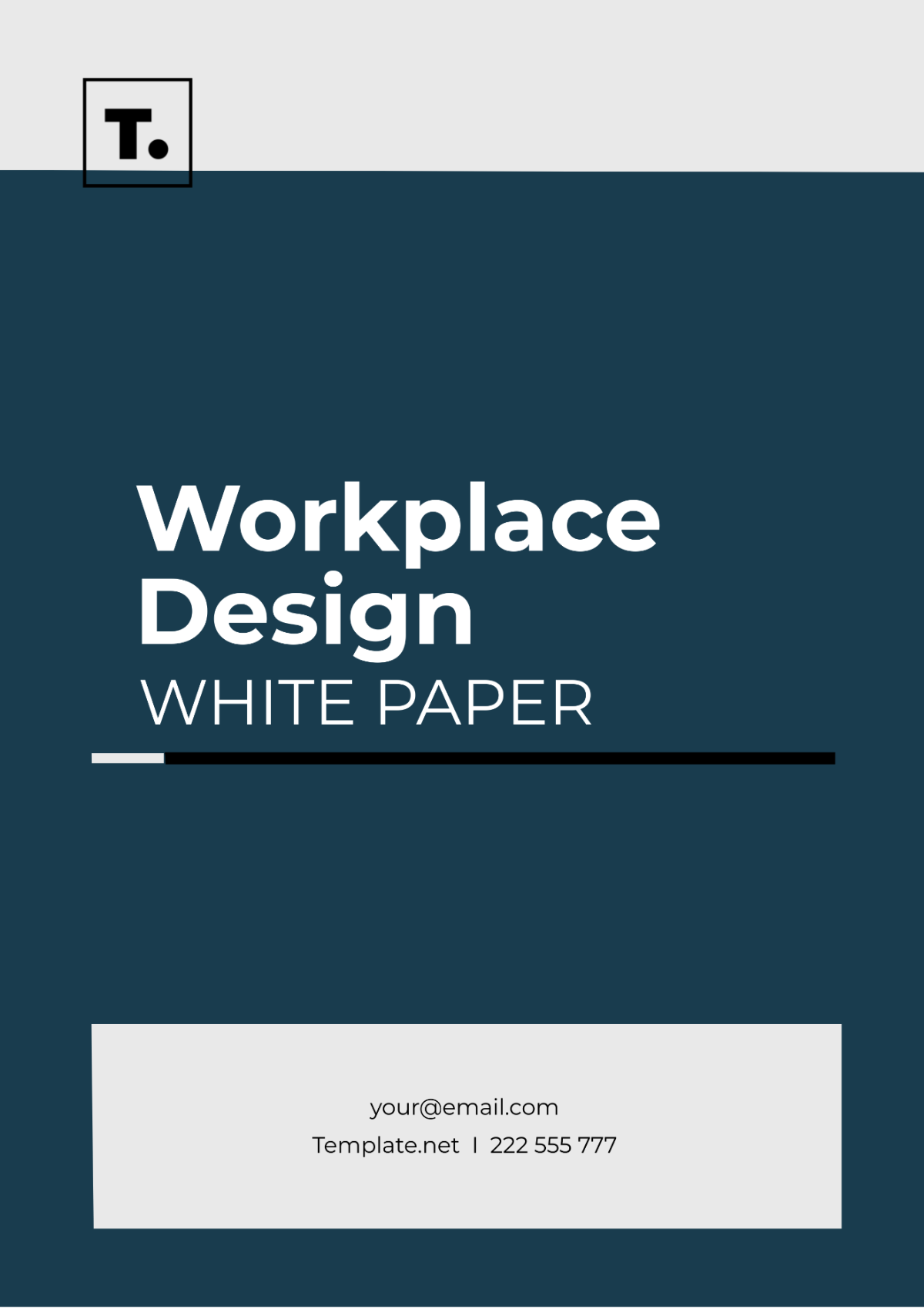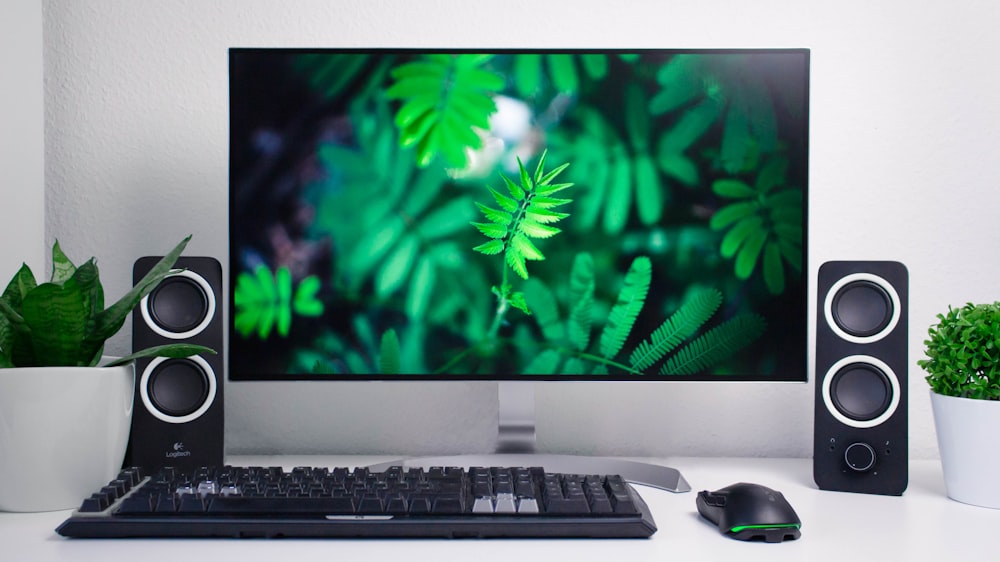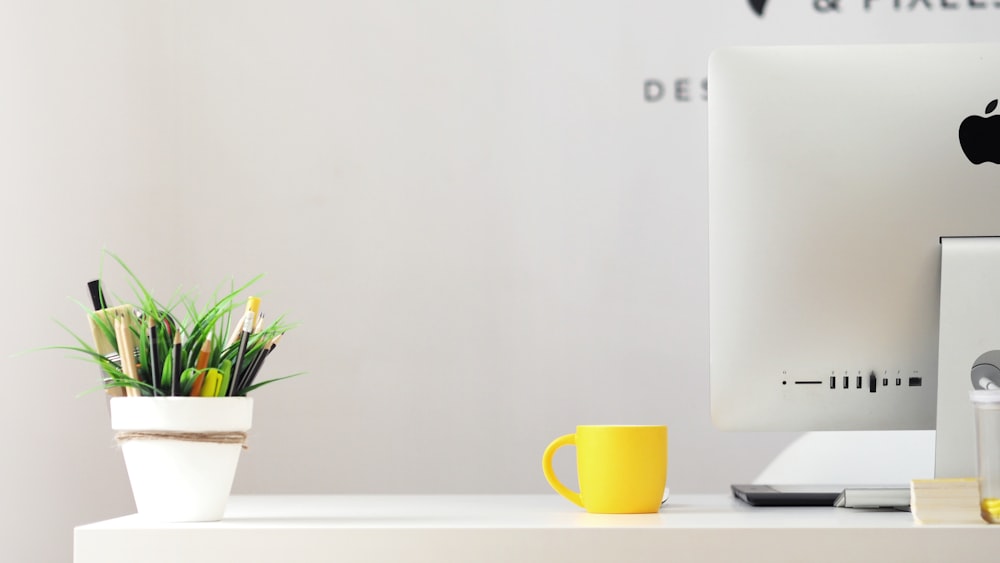Free Workplace Design White Paper

I. Introduction
A. Background
In today's fast-paced business environment, the design of the workplace plays a crucial role in shaping employee experiences and organizational outcomes. A well-designed workspace can foster collaboration, innovation, and employee well-being, ultimately driving business success.
B. Purpose
The purpose of this White Paper is to explore current trends, best practices, and implementation strategies in workplace design. By providing insights and recommendations, organizations can create workspaces that inspire creativity, boost productivity, and attract top talent.
II. Current Trends in Workplace Design
A. Flexible Work Arrangements
With the increasing popularity of remote work and flexible schedules, organizations are rethinking traditional office layouts.
Flexible work arrangements allow employees to work from anywhere while maintaining connectivity and collaboration through digital tools and virtual platforms.
B. Biophilic Design
Biophilic design principles integrate natural elements such as plants, natural light, and water features into the workspace.
Research shows that biophilic design can reduce stress, improve cognitive function, and enhance overall well-being, leading to higher employee satisfaction and productivity.
C. Technology Integration
The integration of technology into the workplace has revolutionized how teams communicate, collaborate, and perform tasks.
Smart office solutions, IoT devices, and digital workspaces facilitate seamless interaction and information sharing among employees, regardless of their physical location.
III. Key Components of Effective Workplace Design
A. Office Layout
Modern office layouts prioritize flexibility and adaptability to accommodate diverse work styles and preferences.
Agile workspaces with movable furniture, modular partitions, and designated collaboration zones promote interaction and creativity while providing privacy when needed.
B. Ergonomic Furniture and Equipment
Ergonomic furniture and equipment are essential for supporting employee health, comfort, and productivity.
Adjustable desks, ergonomic chairs, and ergonomic accessories help prevent musculoskeletal disorders and reduce fatigue during long work hours.
C. Lighting and Acoustics
Proper lighting and acoustics are critical factors in creating a conducive work environment.
Natural daylighting, task lighting, and sound-absorbing materials contribute to a comfortable and productive workspace by reducing glare and minimizing noise distractions.
IV. Case Studies
A. Innovative Workplace Design Examples
Company X transformed its traditional office space into a dynamic environment with flexible workstations, collaborative breakout areas, and wellness rooms.
By incorporating biophilic design elements and state-of-the-art technology, Company Y created an inspiring workspace that promotes creativity and employee engagement.
V. Benefits of Effective Workplace Design
A. Employee Engagement and Satisfaction
Studies have shown that employees are more engaged and satisfied in well-designed workspaces that prioritize their comfort and well-being.
A positive work environment fosters a sense of belonging, encourages teamwork, and enhances overall job satisfaction.
B. Talent Attraction and Retention
Forward-thinking organizations leverage workplace design as a strategic tool for attracting and retaining top talent.
A thoughtfully designed workspace communicates the company's culture, values, and commitment to employee success, making it more appealing to prospective candidates.
VI. Implementation Strategies
A. Assessing Current Workspace
Conduct a comprehensive assessment of [Your Company Name]'s current workspace, including layout, furniture, lighting, and acoustics.
Gather feedback from employees through surveys, interviews, and focus groups to identify areas for improvement and prioritize design initiatives.
B. Stakeholder Engagement
Involve employees in the workplace design process to ensure their needs and preferences are taken into account.
Establish a cross-functional design team comprising representatives from different departments to collaborate on design decisions and implementation plans.
C. Budgeting and Planning
Develop a realistic budget and timeline for implementing workplace design initiatives based on identified priorities and available resources.
Work closely with vendors, contractors, and design professionals to source materials, furniture, and equipment that align with [Your Company Name]'s design vision and budgetary constraints.
VII. Conclusion
In conclusion, workplace design plays a pivotal role in shaping employee experiences, organizational culture, and business performance. By investing in a well-designed workspace that prioritizes flexibility, comfort, and collaboration, [Your Company Name] can create a competitive advantage, attract top talent, and drive long-term success.
[Your Name]
[Your Position]
[Your Company Name]
[Your Company Number]
- 100% Customizable, free editor
- Access 1 Million+ Templates, photo’s & graphics
- Download or share as a template
- Click and replace photos, graphics, text, backgrounds
- Resize, crop, AI write & more
- Access advanced editor
Welcome to our Workplace Design White Paper Template, available exclusively on Template.net. Crafted for professionals like you, this template is fully editable and customizable to suit your specific needs. With our Ai Editor Tool, you can effortlessly personalize every aspect of your white paper to reflect your unique insights and ideas. Streamline your workplace design process with our versatile template.































